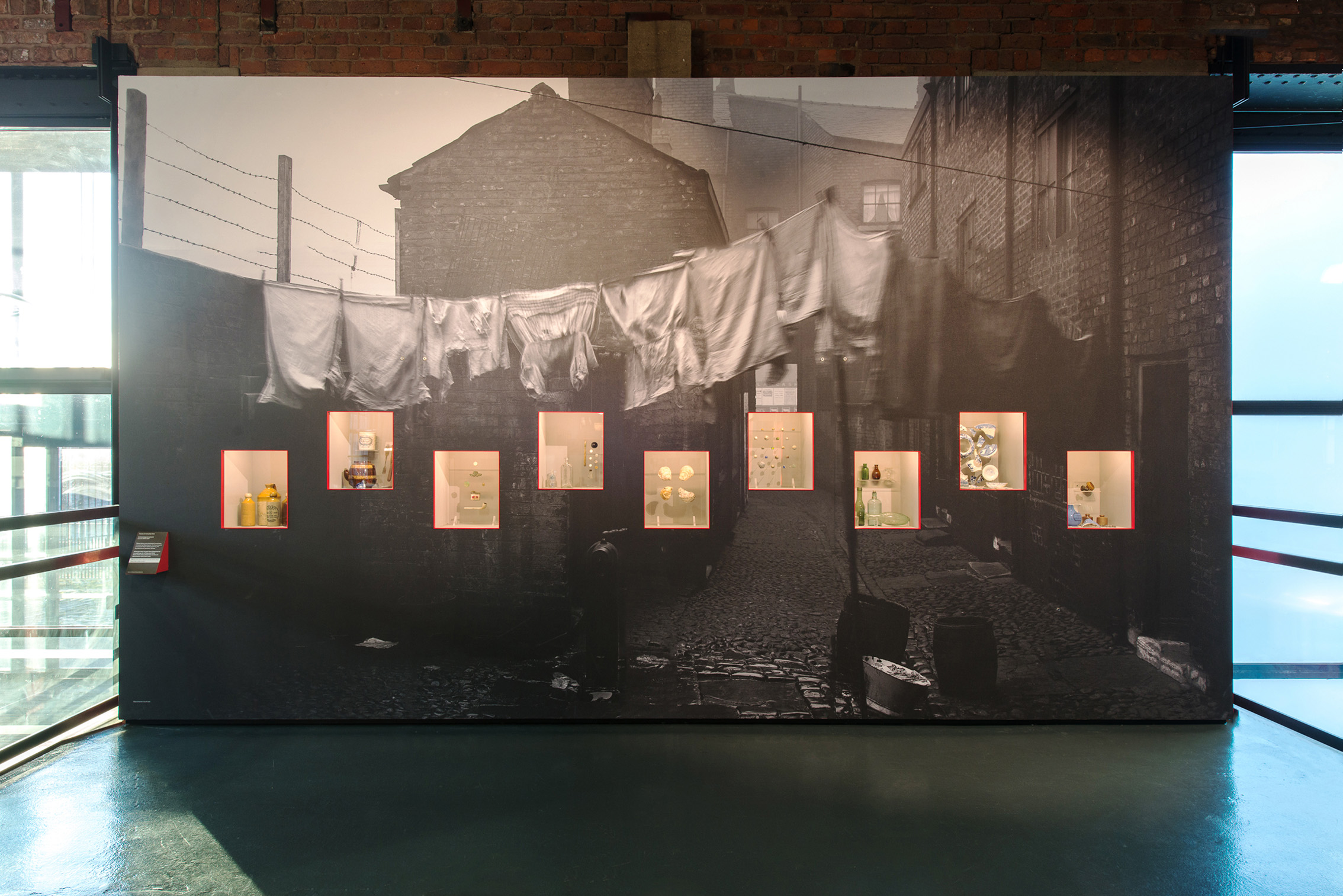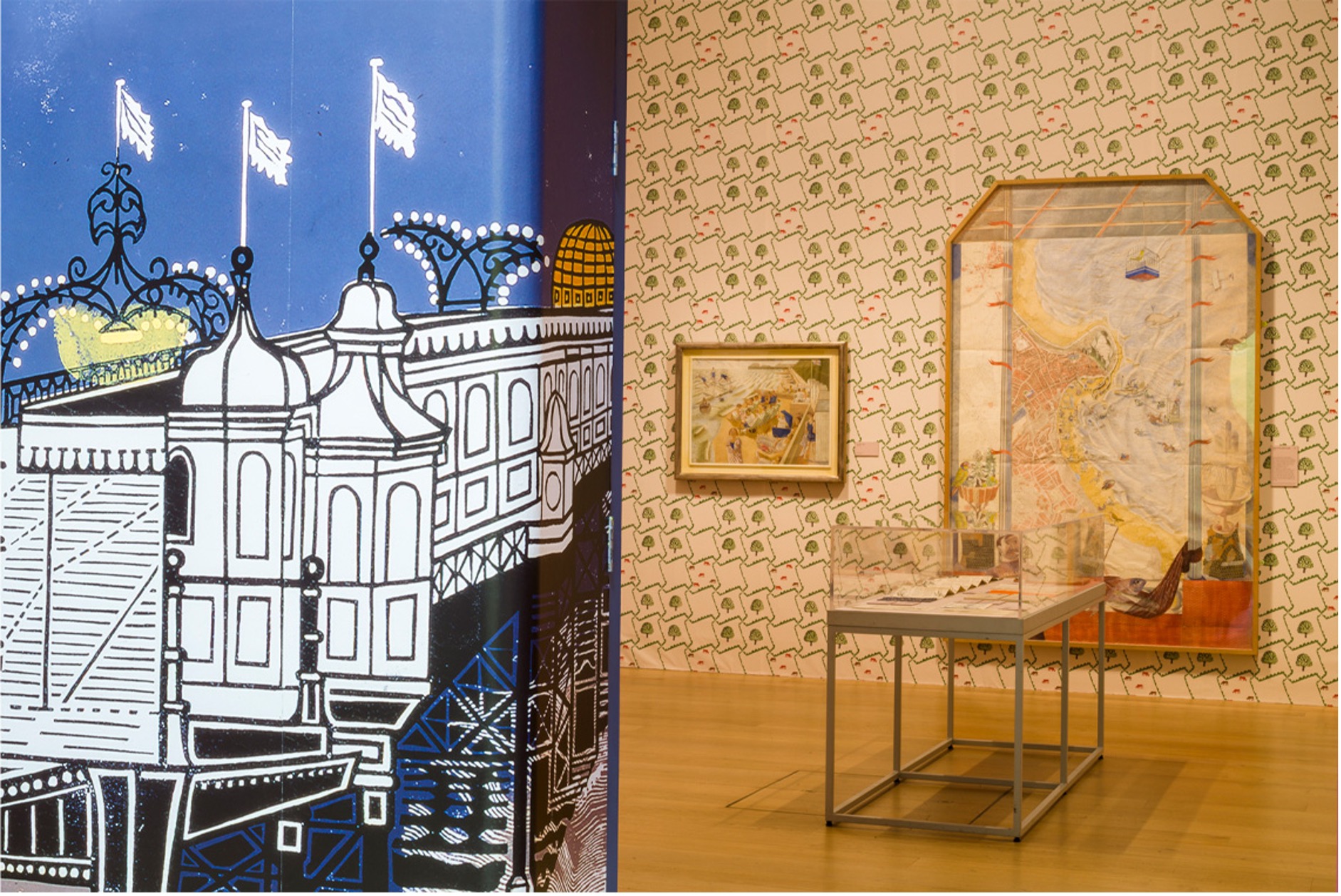People need to ‘feel’ spaces

The next few years will be tough on exhibition and gallery design. Whilst the Coronavirus period fast-tracked certain ideas, enabling museums to move quickly into a different era, budgets have also been severely stretched, with many institutions having had to make tough staff cuts. Moving forward, displays will certainly need to do more with less. At the same time, re-thinking established solutions can also be a good thing.
Waste has now become a big topic during the design stages. Build systems that are self-supporting and able to be reconfigured, without new-build elements, are fast becoming standard, as are systems that enable lighting and digital cables to be tidied away, together with surfaces and junctions that can be made good. Surfaces will now be ignited through new paint surfaces, for example, together with graphic or digital layers.

As a practice, we have been working with clients who are thinking about re-use and are planning forthcoming exhibitions in pairs and as groups to save on build. Our first task now as exhibition designers is often to go through the detail of what already exists and find ways to re-use in a creative way. We are employing theatrical, simple and dramatic techniques to change spaces, using layers of removable wallpaper, for example, or textures that can be added to existing surfaces.
At the Courtauld Gallery, we commissioned bespoke paints to create a natural and breathable surface with a painterly texture. As well as being more natural and toxin-free, the paint created a characterful finish. Printing techniques and substrates have really changed too, with much better and greener solutions available for graphic top layers.

As part of the industry’s move to a more sustainable approach, there’s also a stepping away from the generic towards solutions where we accept imperfections. In fact, more than this, we positively celebrate what doesn’t look as if it was built by a machine now, seeking out materials and construction methodologies that are more crafted and personal. We’ve begun to break down our ways of thinking about design into different time-frames, accepting that some things might change, and can also feel more exciting if they can adapt quickly to world events or current thinking. For new-build elements, there is much more consideration over the ‘how’ – using more space, but with less construction and ‘better’ materials, so that budgets can be stretched further with tightened running costs.
How we use digital is critical. There are two trends here: first, a move to a more physical and tangible experience, as we recover from a couple of years being at home in our own digital spaces; but, at the opposite end of the spectrum, a thirst for creative and individual ways to collect and curate our own experience that inevitably points to a digital solution. With rising energy costs, we will also be under pressure to balance how we use digital, so that it enhances the story being told, rather than being a tick-box moment to match the expectation of digital response for younger audiences.
Digital solutions have many advantages. They’re quick, responsive and can be really helpful in providing background, setting the scene quickly and taking the audience somewhere else – but what follows can then be digital-free as we experience objects and artefacts in their own right. Our own devices will be exploited more instead to access hidden layers and worlds, with specialists and journalists giving us their angle, for example, via downloadable layers that can be accessed post-exhibition.

Another big, future-facing topic is using design to remove barriers, making spaces for everyone that feel welcoming and accessible – and where we all feel comfortable entering and engaging. This is as much about the life of the spaces as the design themselves, but architecture can also enable this change through visibility into spaces, light flooding key introduction spaces, drama and recognisable imagery using theatrical techniques, as well as colour and graphics to lead people through.
The era of imposing symmetry that talks about authority and power is gone. Public buildings need to encourage and celebrate. This is an area where we, as a practice, feel much more comfortable. We’ve enjoyed being part of this process of change. Public buildings are a connection and voice to the world, a way in which we are proud of our heritage although we confront too the difficult and challenging moments of our past. They are places to reconsider our place in society, with difference now not only understood but celebrated. This is a big and positive shift in thinking.
The new era will also be one of intuition. People need to ‘feel’ spaces rather than for them to feel like an institutional space that is ‘teaching’ you. As part of this shift, we are working holistically with wider teams within institutions, engaging with the whole organisation and overall thinking – ensuring everyone and everything is tied in from the start.
This article first appeared in Designerati, as part of a series of articles by designers, architects and senior professionals on future-proof design.

